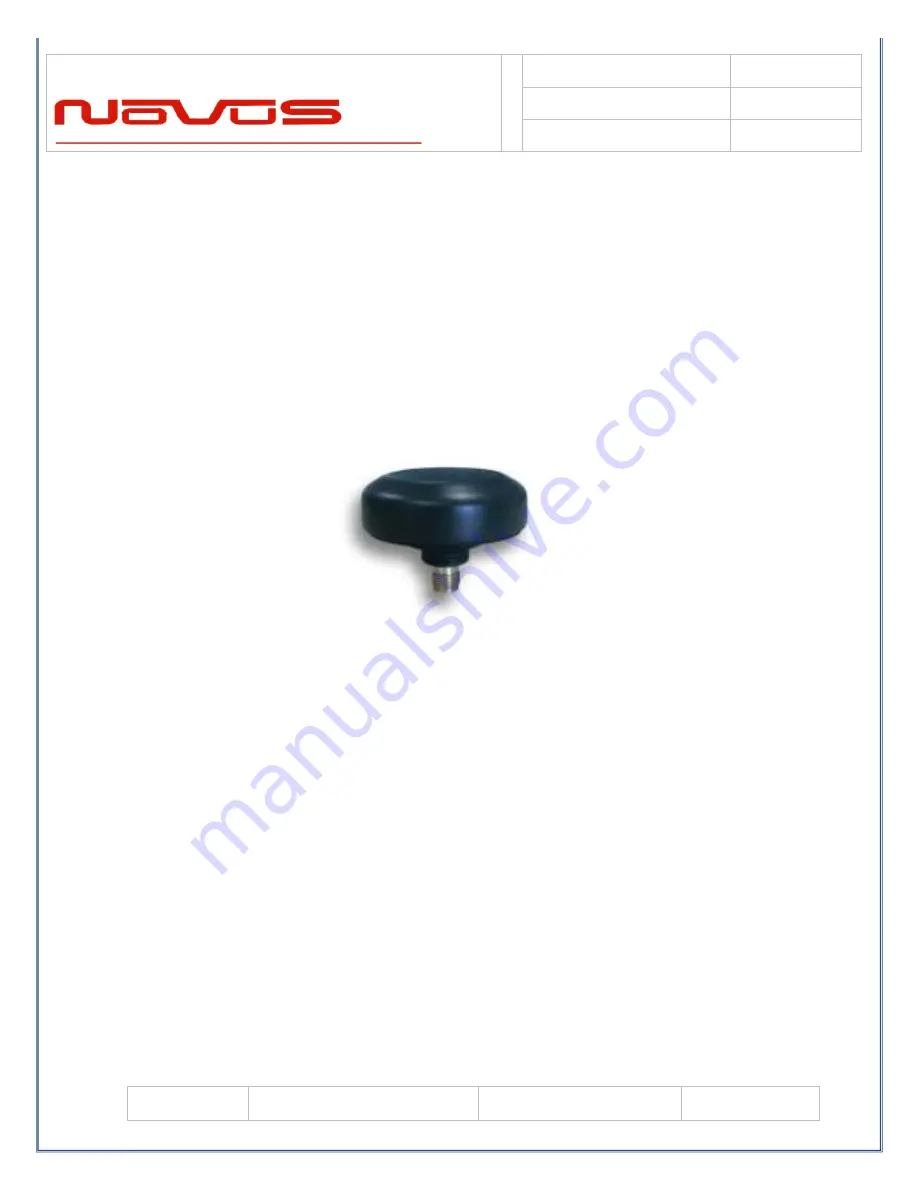
USERS GUIDE
NR2310D-O/G
REVISION
M
DATE
071720
Page #:
12
www.novuspower.com
update a position fix inside a building or beneath a bridge. The receiver can
operate in 2-D mode if it goes down to seeing only three satellites by assuming
its height remains constant. But this assumption can lead to very large errors,
especially when a change in height does occur. A 2-D position fix is not
considered a good or accurate fix; it is simply “better than nothing”.
The receiver’s antenna must have a clear view of the sky to acquire satellite
lock. Remember, it is the location of the antenna that will be given as the
position fix. If the antenna is mounted on a vehicle, survey pole, or backpack,
allowance for this must be made when using the solution. The GNSS receiver
provides power for the LNA in the antenna. The unit was designed to provide
3.5 Vdc < 40 mA of current.
To measure the range from the satellite to the receiver, two criteria are
required: signal transmission time and signal reception time. All GPS satellites
have several atomic clocks that keep precise time and are used to time-tag the
message (i.e. code the transmission time onto the signal) and to control the
transmission sequence of the coded signal. The receiver has an internal clock
to precisely identify the arrival time of the signal. Transit speed of the signal is
a known constant (the speed of light), therefore: time x speed of light =
distance.
Once the receiver calculates the range to a satellite, it knows that it lies
somewhere on an imaginary sphere whose radius is equal to this range. If a
second satellite is then found, a second sphere can again be calculated from
this range information. The receiver will now know that it lies somewhere on
the circle of points produced where these two spheres intersect.
When a third satellite is detected and a range determined, a third sphere
intersects the area formed by the other two. This intersection occurs at just two
points. A fourth satellite is then used to synchronize the receiver clock to the
satellite clocks.













































